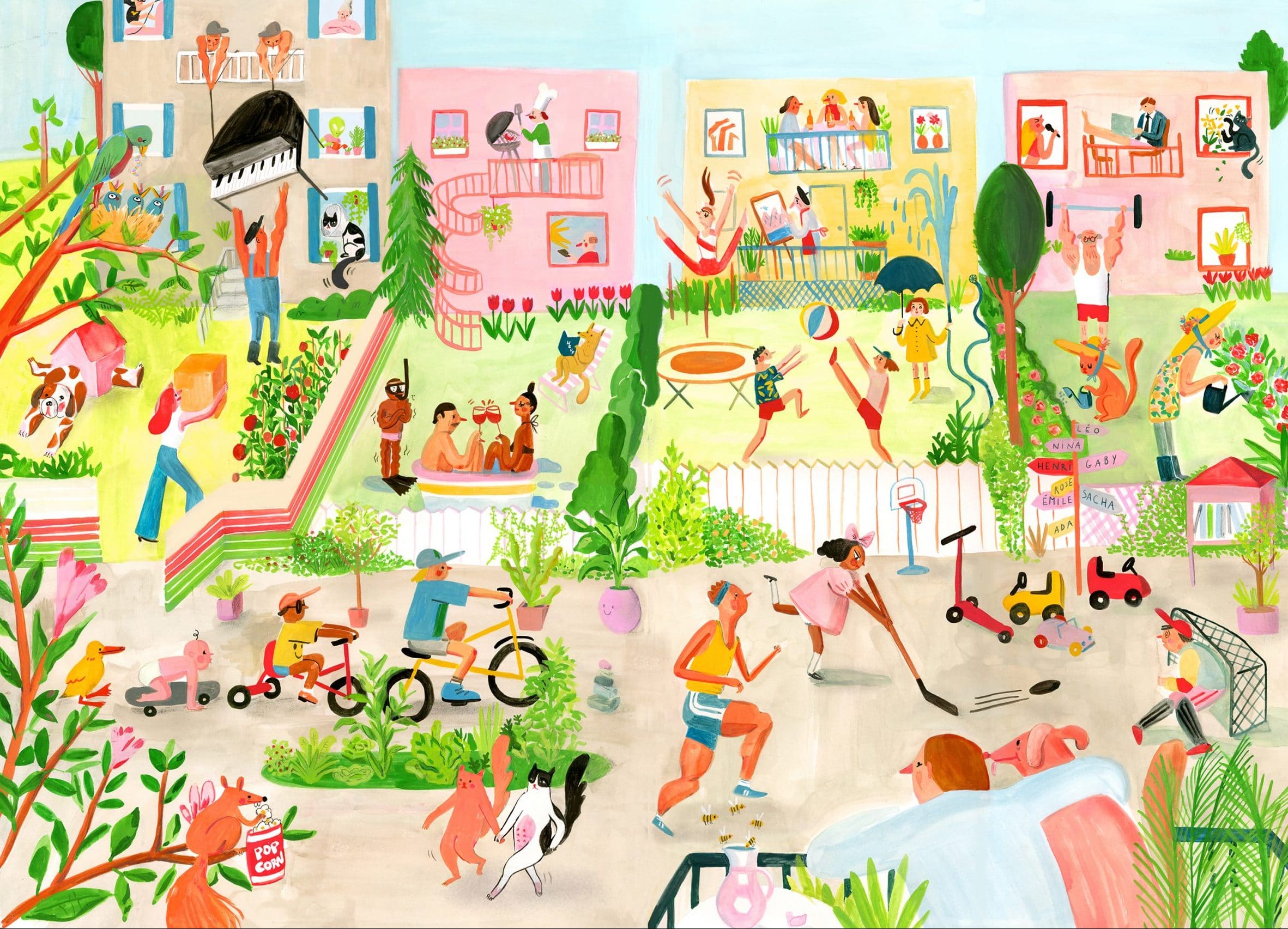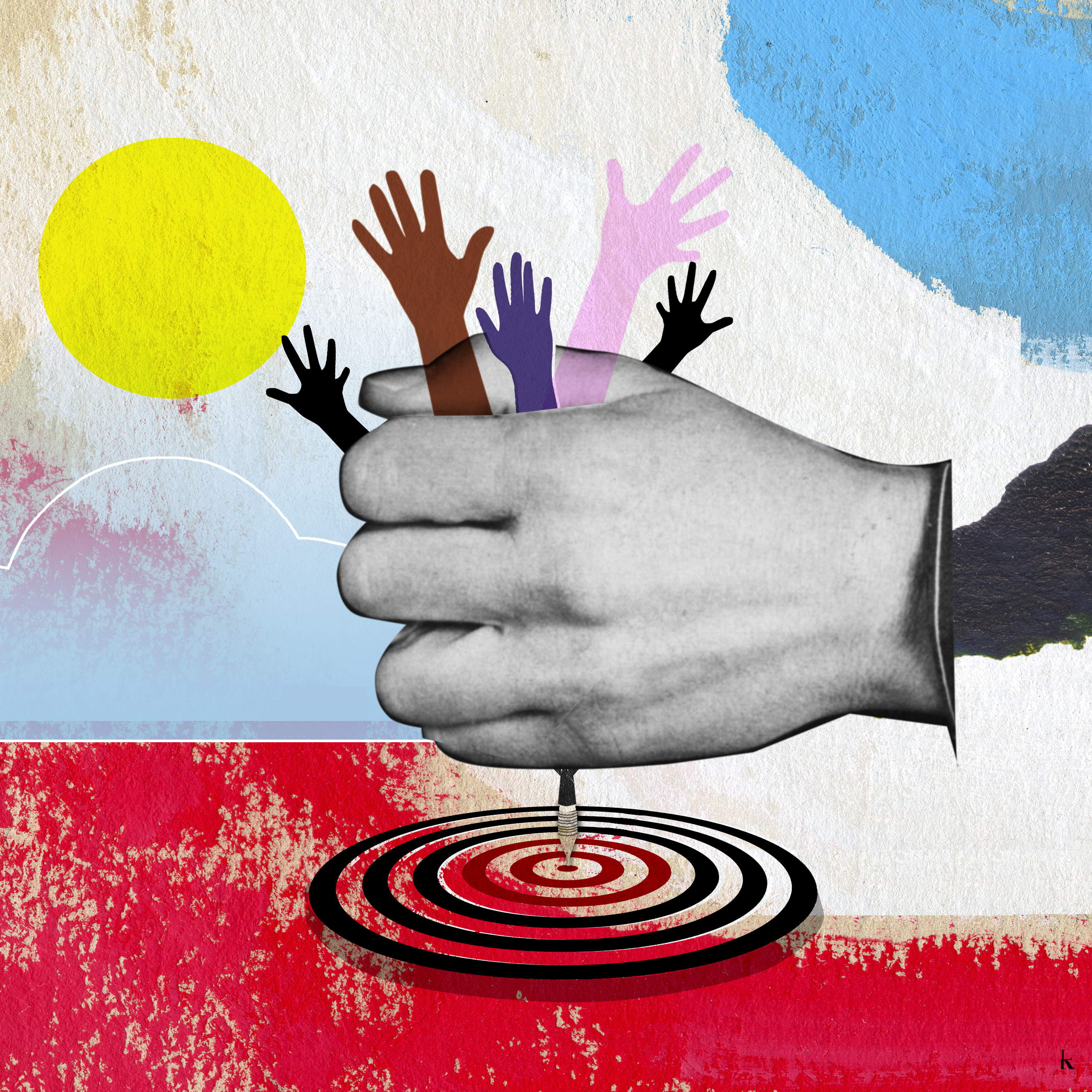The Silent Symphony: How Art Speaks Louder Than Words, Especially Through Illustration
Illustration/ Susanna Gentili
In a world saturated with information and constant chatter, there is a timeless truth that transcends linguistic boundaries – art speaks louder than words. Among the various forms of artistic expression, illustration stands out as a powerful communicator, weaving tales that resonate with the viewer without uttering a single syllable. In this blog, we will explore the profound impact of illustration, highlighting its ability to convey emotions, tell stories, and bridge cultural gaps in a way that words often struggle to achieve.
Illustration possesses a unique ability to tap into the depths of human emotion. Through a carefully crafted combination of colors, lines, and shapes, artists can evoke feelings that words may struggle to articulate. Whether it’s the melancholy in a rain-soaked cityscape or the joy radiating from the laughter of illustrated characters, emotions become palpable through the silent language of art.
Illustration/ Andrea Ucini
Illustrators are visual storytellers, capable of narrating complex tales without the need for prose. The fusion of images in a sequence can create a seamless narrative that captivates the audience. From advertising campaigns, package design, graphic novels or children’s picture books, illustrations breathe life into stories, making them accessible to audiences of all ages and backgrounds. The visual narrative transcends linguistic barriers, allowing individuals to connect with stories on a universal level.
Illustration/Agathe BB
In a globalized world with diverse languages and cultures, illustration serves as a bridge that connects people from different corners of the globe. While language may pose a barrier, the visual elements of illustrations can convey shared experiences, emotions, and ideas. Artists can communicate cultural nuances, traditions, and histories through imagery, fostering cross-cultural understanding in a way that words alone may struggle to achieve.
Illustration/ Myles Hi
Unlike the written or spoken word, illustrations embrace silence. The absence of explicit language invites viewers to interpret and engage with the artwork on a personal level. This open-ended quality allows for a multiplicity of meanings, encouraging individual reflection and introspection. In a world often filled with noise, the quiet eloquence of illustration creates a space for contemplation.
Illustration/ Katy Lemay
Illustration breaks down barriers to access and comprehension. It welcomes individuals of all ages, and literacy levels, making it an inclusive form of expression. From the intricate details of fine art to the simplicity of doodles, illustrations offer a diverse spectrum that accommodates various preferences and comprehension levels, ensuring that everyone can find resonance in visual storytelling.

Illustration / Nathan Hackett
In the grand symphony of human expression, art, and particularly illustration, emerges as a silent yet powerful conductor. It speaks a universal language that transcends the limitations of words, connecting people through shared emotions, stories, and cultural experiences. As we navigate an increasingly interconnected world, the importance of this silent dialogue cannot be overstated – for in the realm of illustration, every stroke tells a story, and every image resonates with the echoes of unspoken emotions.




